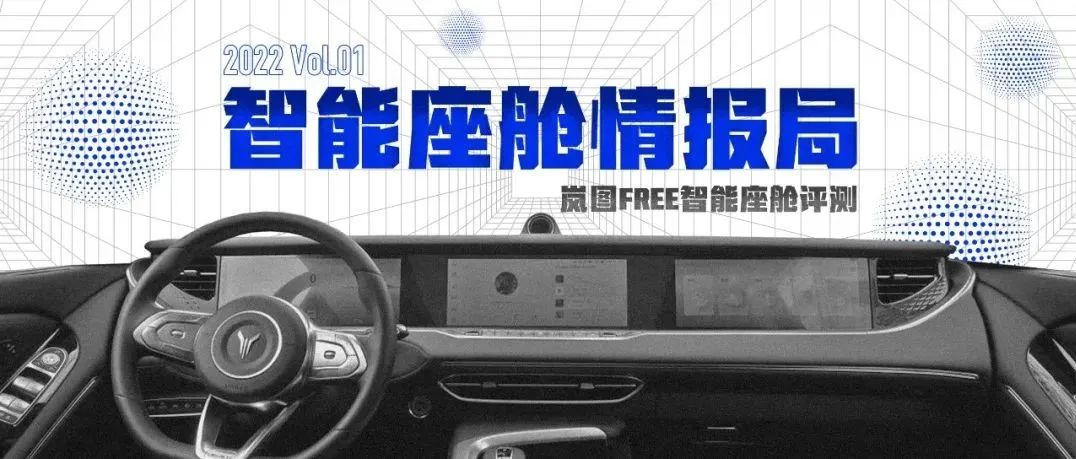Mr.Yu
Hello everyone, welcome to GeekCar’s Intelligent Cockpit Intelligence Bureau. I am Mr.Yu.
After experiencing the Intelligent Cockpit Intelligence Bureau in 2021, we have seen the various changes of the intelligent cockpit together and analyzed the ideas, logic and motives behind the products. We also looked into the trend of cockpit evolution and the possibilities of products.
In this year’s Intelligent Cockpit Intelligence Bureau column, we will continue to walk, watch, and think with you.
Getting to the point, in the previous issue, we reviewed the customized Chinese market model of Ford Evos from Changan Ford. The most impressive thing that left us was Evos’ smart performance, which doesn’t look like a fuel car at all. Perhaps we can say that finally there is a car company that has made practical breakthroughs that can break the stereotype that “smart technology always comes with new energy.”
In this issue of the Intelligent Cockpit Intelligence Bureau column, we will still focus on presenting various experiences, details, and analyses of the intelligent cockpit.
Mr.Yu has always believed that chatting is better than reading countless books. Here, we welcome everyone to chat with us.

In this issue of the Intelligent Cockpit Intelligence Bureau, a new friend, the Voyah FREE, has arrived.
As a high-end brand under Dongfeng, Voyah is the first state-owned enterprise to adopt a direct sales model. When facing the fiercely competitive environment, this gene endows the brand with a faster response speed. Compared with new power brands with no backing, strong technology research and development strength and institutional innovation can make new brands free to innovate without the burden of entrepreneurial companies.
As early as 2020, Dongfeng Group strategically invested in Bo Tai Car Networking, and the two parties jointly laid out car-mounted intelligent networked products. The intelligent cockpit of Voyah Free is an important milestone in their cooperation.
What we see now in Voyah FREE is the brand’s first answer. Through this cockpit review, we will analyze the interior of this answer.
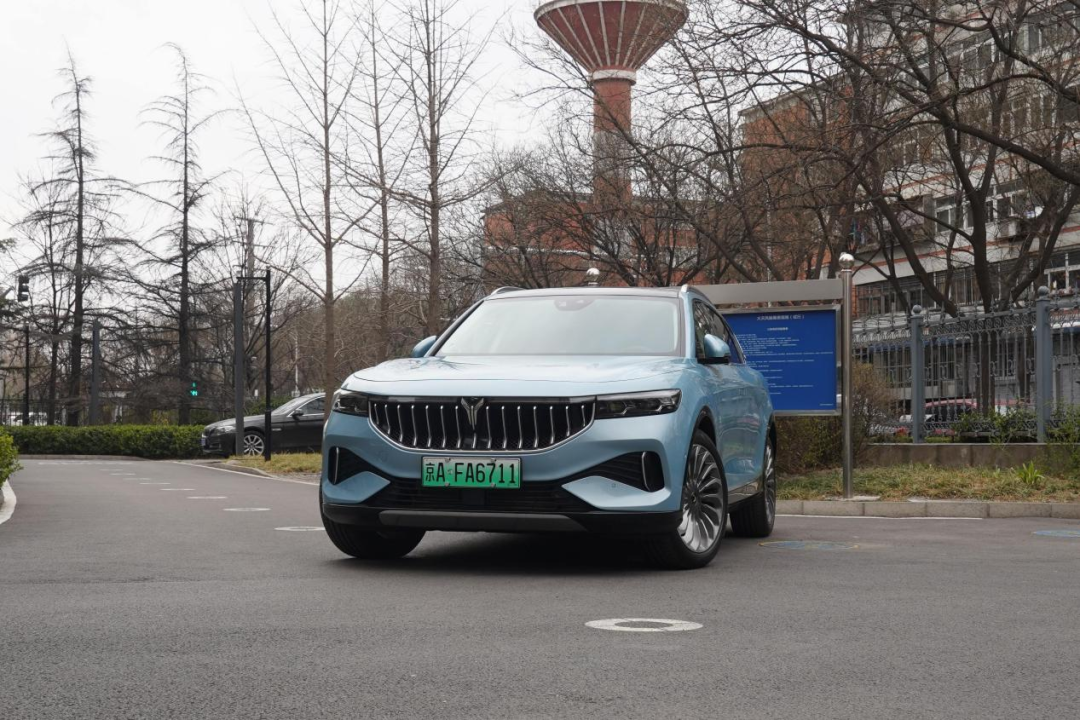
- This evaluation is based on the V1.1.0 official release of Voyah FREE pushed in batches by the end of December 2021.
Interactive HardwareThe intelligent cabin of the Voyah FREE is equipped with three screens – a standard instrument screen, a central control screen, and a co-pilot screen with a three-screen design. The resolution is 1920×720 and supports AR reality navigation. The three 12.3-inch horizontal screens are integrated into one, forming a “one-piece liftable and droppable three-screen” controlled by a liftable system. The ritual sense is full while ingeniously “hiding” the waiting time for system startup into the sense of ritual.
The overall color of the three screens is relatively cool, and the overall imaging effect is delicate and soft, with a high overall visual comfort level.
In our previous program, we showed you how the Ford EVOS and the Great Wall Alpha S, which support split displays of ultra-long screens, can be dragged and swapped through specific gestures, greatly improving the usability and convenience of the screens.
Voyah FREE also has a similar design where some applications can be switched between the central control screen and the co-pilot screen through three-finger sliding or touch button.
In addition to the steering wheel area, two sets of physical keys are set in the cabin of the Voyah FREE. One set is located directly below the central control screen and is used with the lever to control comfort-related functions such as air conditioning, circulation mode, and temperature.
The other set is located on the left side of the gear shift and is used to adjust driving modes, lift and lower the screen, start the 360-degree panoramic view, and control driving and parking functions.
The wireless charging board is hidden in the area below the air outlet. Speaking of the appearance of the wireless charging board in the car, designers have basically developed two design routes: either placing the phone in a convenient location to see and grab, or hiding it as much as possible, relying entirely on the car’s entertainment system. The designers of Voyah FREE chose the second route, which often reveals their strong confidence in their own products.
On the right side of the gear shift is a touch control panel, which can be easily reached by the driver or co-pilot with one hand and corresponds to a series of quick operations, such as adjusting the volume of the playback content by sliding up and down.Translate the Chinese Markdown text below into English Markdown while retaining the HTML tags inside the Markdown. Only output corrections and improvements in a professional manner, without explanation.

Swipe left or right to switch and change songs during playback.

Quickly double-tap to pause or resume playback.

Overall, the touchpad is very convenient for blind operation within reach. This design is very rare in the cabin. We believe this design largely considers the convenience of the co-pilot controlling the in-car playback content.
The Voyah FREE has two sets of shortcut menus in its negative one screen design.
swiping down from the top of the homepage will bring up the first set of shortcuts, including volume, brightness, WiFi, Bluetooth, settings, and applications, which are very similar to the logic of operating a smartphone. Simple and quick, it is in line with the operating habits of most smartphone users.

swiping right from the homepage will bring up the second set of shortcuts, consisting of 12 function icons, including memory positions for three sets of seats, heating/ventilation/massage for the driver's seat, opening the tank / charging cover, dimming the skylight, and one-touch window / ventilation switching, etc. On the other hand, by long-pressing the icon, customization options will be available. Here, we have to start suspecting that the HMI designer has a background in smartphone work.
Later on, our guess was confirmed elsewhere.

Finally, we have to say that the Voyah FREE's variable panoramic skylight is really cool.
As you slide and adjust the sky setting on the graphical interface with your fingers, watching the skylight go from milky white to transparent, and then from completely transparent to fast haze, it brings about an indescribable feeling of joy. Although it is currently unknown whether electrophoretic or other principles are used for the variable light transmission technology behind the skylight, it is certain that this feature will undoubtedly win Voyah FREE favor in terms of practicality and technology.

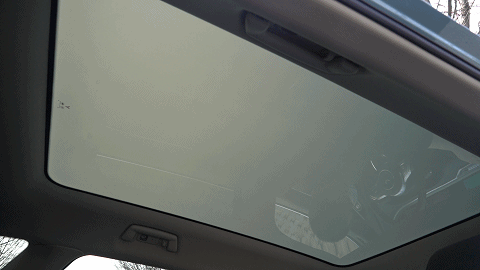
Visual Design
The interface of the Voyah FREE system is primarily in a cool tone, with white and ice blue as the main display colors. Light blue and restrained black are used to represent text, labels, status, etc. The Dock bar is permanently located on the left side. In most interfaces, the color styles of various levels are refreshing and unified.
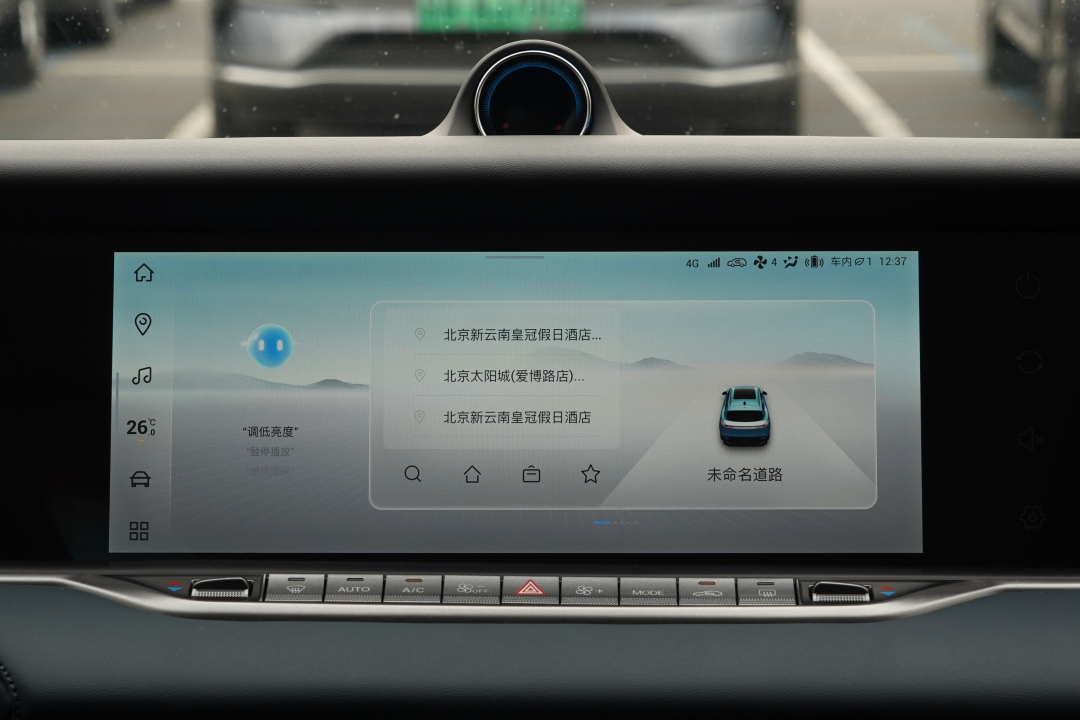
Voyah named this theme “Leap of the World”. As you can see, the visual design style of the in-car information display that is primarily based on light colors is not uncommon in new energy vehicle models. However, the widespread use of this design, like Voyah, is still rare. The advantage of adopting such a design is that it can cleverly reduce the screen brightness required to view information, thereby reducing visual fatigue to a certain extent.
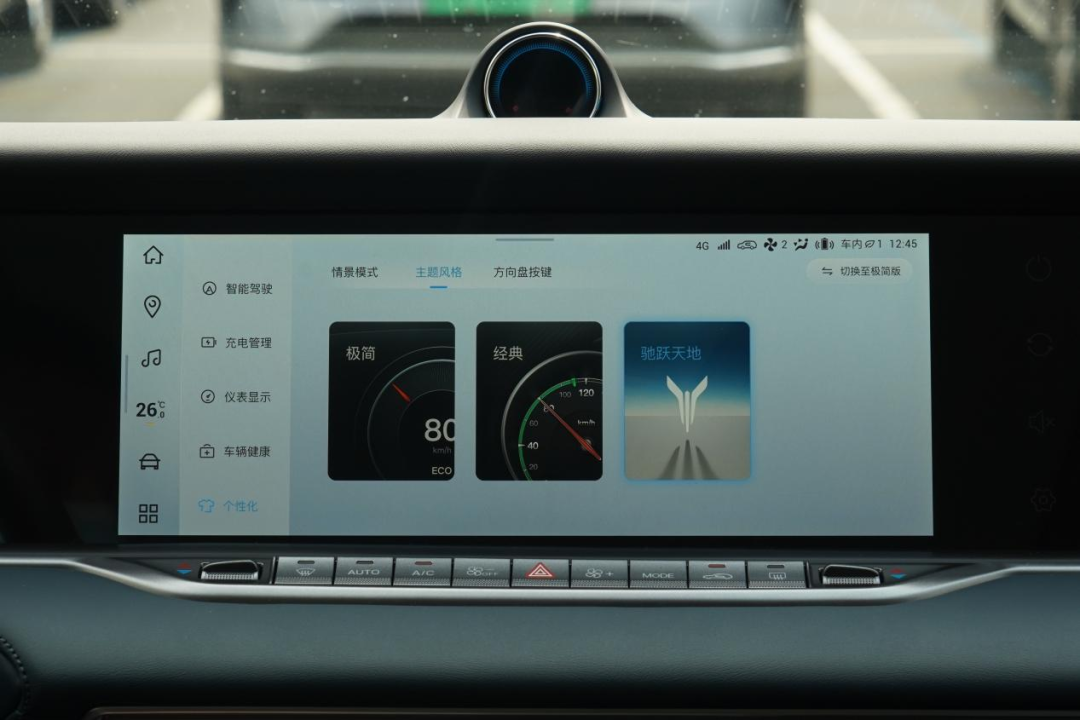
Fluent Performance
In terms of configuration, the Voyah FREE system uses hard isolation technology, which is driven by an SoC chip and simultaneously runs an instrument cluster based on the Linux system and an in-car information entertainment system based on Android.
Thanks to the latest V1.1.0 OTA upgrade, the Voyah FREE system’s operating system performs well overall. The opening of native apps, the progression and return between different levels, and the switching between pages all demonstrate a relatively good manipulation response speed and smoothness.

Mapping Function
The primary map resource of the Voyah FREE system is Baidu Maps.
On the main interface of the central control screen’s navigation card, there are quick buttons from top to bottom for search history, quick search, home, office, and favorites. These most frequently used locations can be directly accessed with one click.
Like most in-car systems equipped with the Baidu Maps car version, the overall interaction logic of this navigation is similar to that of the mobile phone version of Baidu Maps. In terms of interface design, most of the icons and key information are located on the side closer to the driver for ease of perception and manipulation.
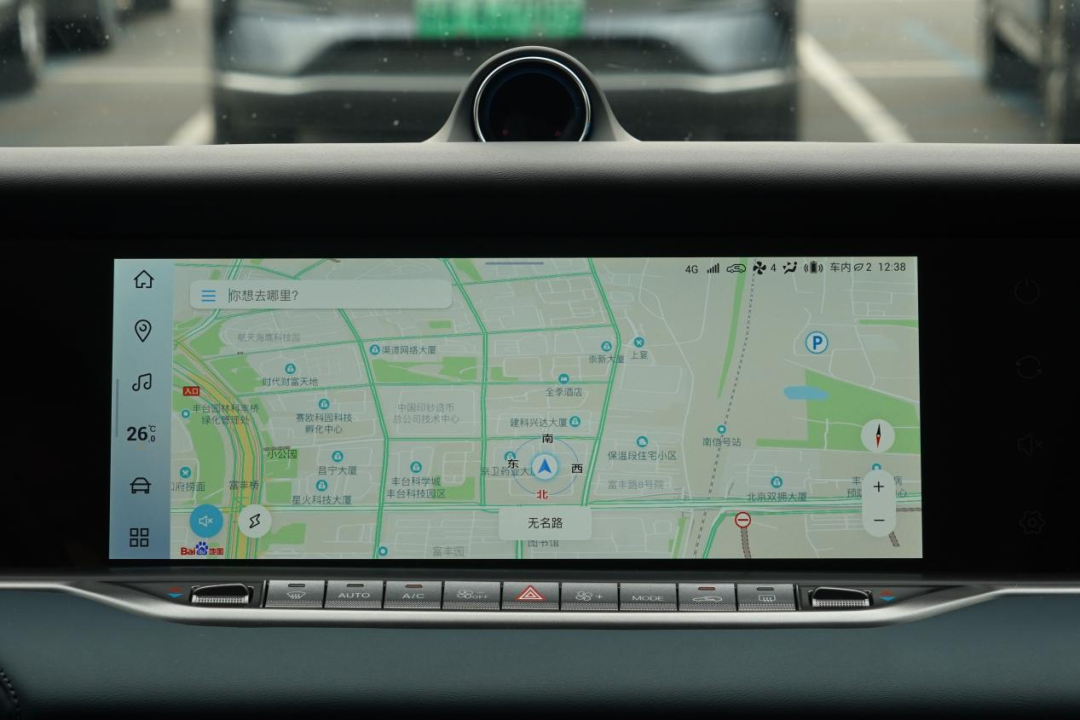 The FREE version of Voyah’s Baidu Maps also supports Location Based Services (LBS), providing recommendations for parking, refueling, food, attractions, shopping, and other scenarios based on the user’s current location. It should be noted that Voyah FREE’s LBS recommendations are among the most detailed and comprehensive we have seen.
The FREE version of Voyah’s Baidu Maps also supports Location Based Services (LBS), providing recommendations for parking, refueling, food, attractions, shopping, and other scenarios based on the user’s current location. It should be noted that Voyah FREE’s LBS recommendations are among the most detailed and comprehensive we have seen.
During actual road tests, the macro-level route navigation is clear and comprehensive. Near main roads, roundabouts, and even some complex intersections, reminder windows based on real scenery appear on the left side of the central control screen to help drivers make decisions. In areas where GPS signals are relatively poor, such as long-distance sections under elevated bridges, Voyah FREE demonstrates stable inertial navigation capabilities and can provide reliable location information and key reminders to users.
In terms of application ecology, besides the native Huawei family bucket on the AITO Questioning M5, we can clearly perceive that car companies and suppliers are increasingly focused on the choice of on-board applications. The “music + long video + audio content” package has become a fixed choice, while more choices reflect car companies’ insights into user scenarios.
So, let’s take a look at Voyah FREE’s performance in this area.
In terms of long videos, iQiyi is a popular choice among users.
For music and audio content, Kuwo Music and Himalaya are still among the top choices.
Throughout the Intelligence Cockpit Intelligence Bureau column, these three applications have been frequent guests.
In-car entertainment is not limited to audio and video content. We can see that more and more car companies are aware that, as a enclosed private space, the cockpit still has great development potential. The hardware quality and algorithm tuning of in-car audio vary, but the most important thing is that the ones purchased are generally not inferior. Therefore, various K-song applications getting on-board have become a new trend.Don’t doubt it, even though commercial KTV venues are no longer the mainstream choice for young people to gather and have fun, this thing has not disappeared. KTV has simply entered other corners of our lives in a more flexible and private way.
From last year’s NIO OS 3.0 update to Guangqi Aion and Tesla’s custom cabin karaoke solutions, developers of KTV song request systems are entering the field of in-car entertainment with increasing speed.
It is reported that the KTV karaoke solution for the Voyah FREE cabin is a cooperative development between Voyah Automotive, Borui Vehicle Networking, and Leishi KTV, which can provide a large amount of genuine MV songs in the car.
Simply connect the dedicated pairing transmitter and add a cute wireless microphone, and you can start singing in the cabin. With 10 Dynaudio speakers and excellent sound insulation performance, Voyah FREE creates an excellent singing space. If you feel unsatisfied, you can also drive the car to an environment with less external light, then turn on the interior atmosphere light to fully set the mood.
On the other hand, the product managers of Voyah FREE have not forgotten that children are important family members. Opening the “Children’s Space” application of Voyah FREE, the fun listening/seeing platform aggregates a large amount of audio-visual content targeting children.
Using the multi-screen interaction feature of Voyah FREE, children can sit in the co-pilot seat and enjoy their favorite content while parked.
Multi-scenario Voice Interaction Performance
Based on a new evaluation system, we tested the awaken rate and recognition accuracy of the intelligent voice assistant in the cabin in static and dynamic scenes by closing the car window completely, high wind noise, and maximum air conditioning wind speed.
The results showed that the intelligent voice assistant (“Hi, Voyah”) in Voyah FREE’s intelligent cabin had a very high accuracy rate for voice wakeup, achieving 100% accuracy in the three main listening environments in the static scene.
In the dynamic scene of high-speed driving on the loop, we opened the window to a certain angle. Voyah FREE’s voice wakeup success rate in the high wind noise+high road noise environment reached 90%, and the wakeup success rates for the other two situations of closed windows and maximum air conditioning wind speed in the car were both 100%.In addition, while playing music or other audio content such as radio programs or comedy shows, the intelligent voice assistant in the car responds with 100% accuracy to voice commands. Even in the noisy environment of people chatting in the car, the accuracy remains at 100%.
On the whole, the performance of the Voyah FREE in voice wake-up is very stable.
Furthermore, the intelligent voice assistant’s response speed is very fast once the wake-up word is fully pronounced. Through testing, the latest OTA has optimized the voice wake-up speed of the intelligent voice assistant from 800 milliseconds to 300 milliseconds, and upgraded the accuracy of the in-car voice system through noise reduction, echo cancellation, and other optimizations.
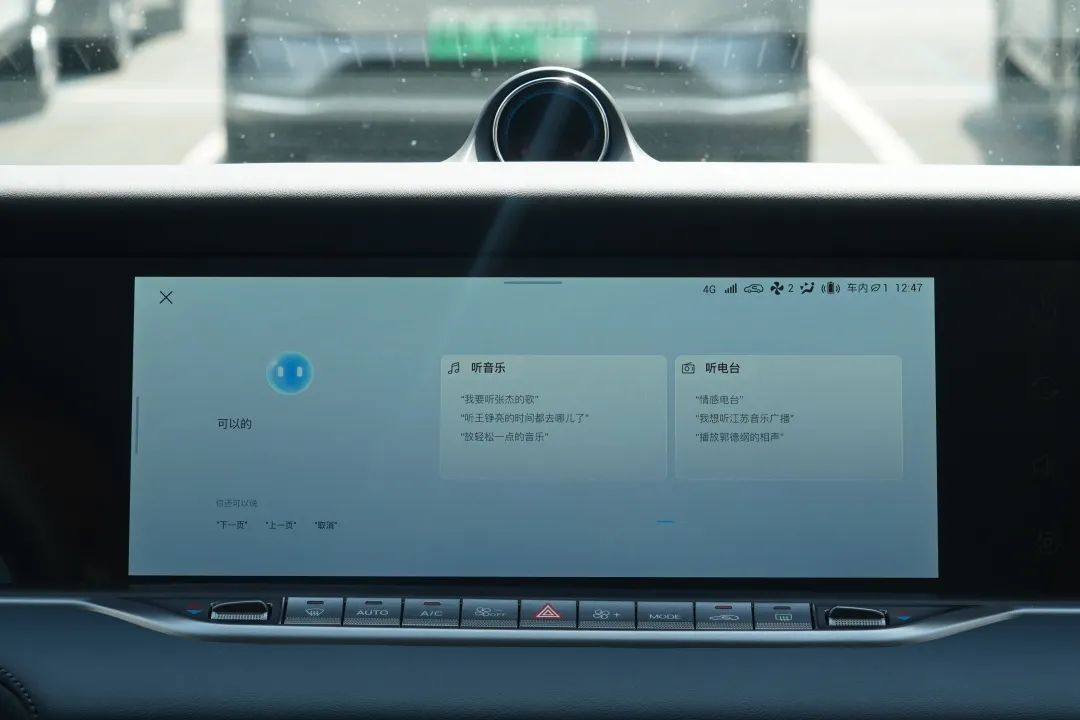
The Potential of the All-New Intelligent Voice
Although the intelligent cockpit has not yet truly passed its first decade, and many people still have no concept of it, there is growing recognition of the direction of automotive evolution: larger and better screens, fewer physical buttons, and the gradual shift of the center of in-car interaction to intelligent voice.
Among the models of various colors and shapes reviewed in the intelligent cockpit intelligence column, the Voyah FREE’s voice capability can be considered quite impressive.
From the wake-up to execution speed, the Voyah FREE displays a high degree of fluidity. After opening the continuous conversation setting, it supports 20 seconds of non-wake-up continuous conversation. Perhaps to better adapt to the speech interaction habits of different users, whether it is the extraction of key information or the ability to be interrupted at any time, the conversation is closer to the way real humans communicate.
Of course, if not accustomed to it, you can also choose to turn off continuous conversation in the settings and return to the state where the wake-up word is the starting point of interaction every time.
At the same time, Voyah FREE has shown a clear preference for family users.
From the fully controllable lock in the car’s four-audio zone, to the VOYAH Care child care mode that automatically locks and adjusts the temperature based on the camera in the car identifying children present in the cabin, these features demonstrate that the Voyah team has considered the possibility of child passengers in the cabin to a great extent.
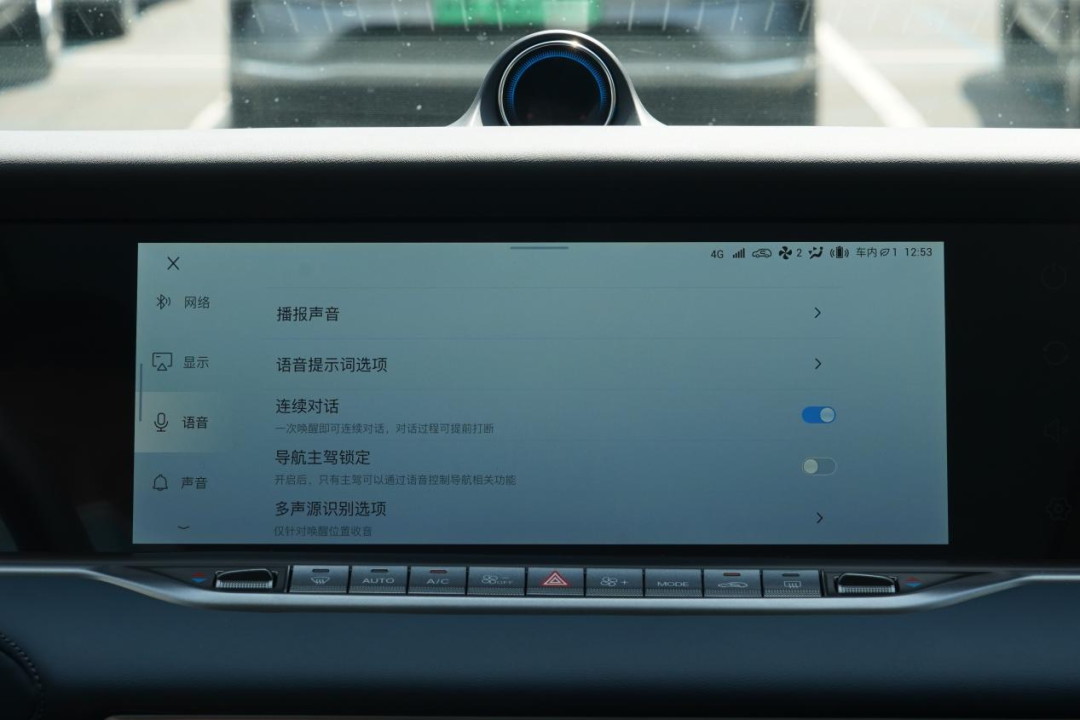
Common commands that do not require wake-up and continuous conversation based on the context are not new to the intelligent cockpit. However, the Voyah FREE has brought us some pleasant surprises in our evaluation:- Voice commands are no longer silently executed in visible interfaces such as music, radio, navigation, vehicle, and system settings. The system also confirms the execution status to the user through simulated click animation and sound effects. The benefits of this design are obvious: it does not occupy too much of the user’s visual perception channel, saves attention expenditure during interaction, and achieves not only safety but also interaction efficiency and operation quality through indirect improvement.
-
The use of voice commands extends directly to the complete availability of services and resources within the system ecology, from car washing to restaurant reservations, hotel bookings, and even movie ticket selection and payment. This avoids the strange phenomenon in the industry where internet services are “visible but not available.”
-
Merely muttering “it’s a bit hot in the car” caused the system to automatically lower the air conditioning temperature to a relatively comfortable state. Natural language understanding and wake-up-free processing are implemented here.
-
In some cases, when complex voice commands cannot be accurately understood or executed, the intelligent voice assistant informs the user: “I seem to be unable to help you, why don’t you try to do it yourself?” This kind of termination mechanism is more reasonable than being bluntly rejected or simply ignored, even somewhat smart.
All of these convey a message to us: reasonable and highly available voice interaction ability is a key focus of Landtour’s intelligent experience. Moreover, we can continue to expect good performance from Landtour FREE in terms of voice capabilities.

At the application ecology level, Landtour FREE has integrated mainstream navigation and entertainment applications and has been carefully refined to ensure unity in the user experience.
We believe that Landtour FREE’s intelligent cockpit performs exceptionally well in terms of voice-related and driving scene experiences.
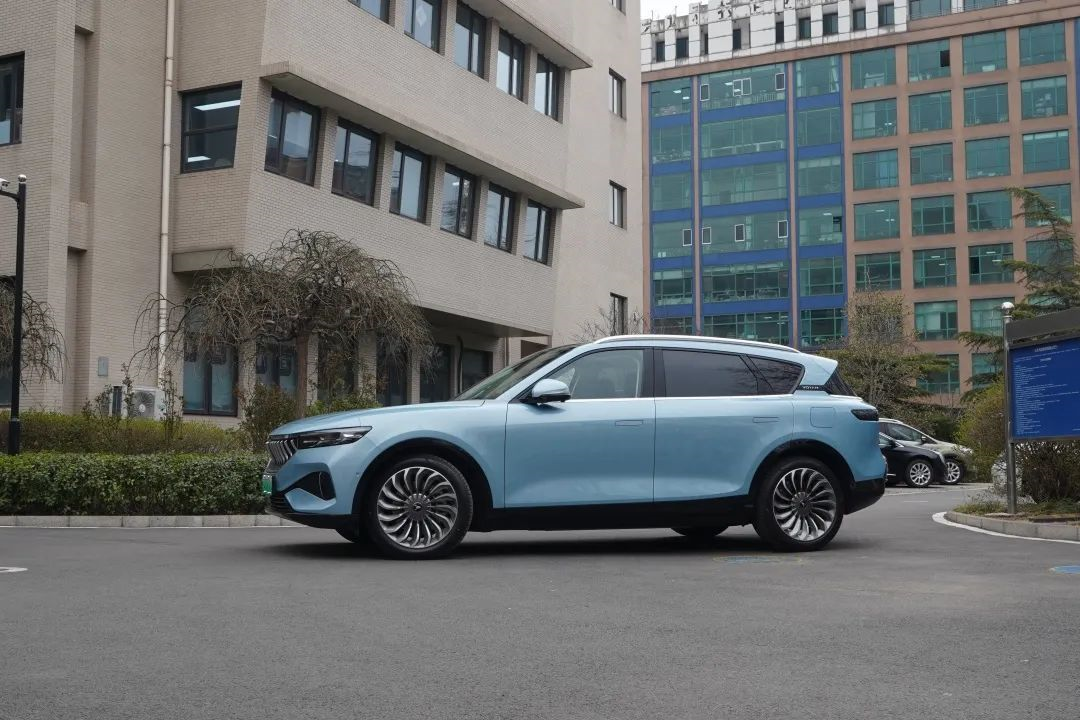
This article is a translation by ChatGPT of a Chinese report from 42HOW. If you have any questions about it, please email bd@42how.com.
